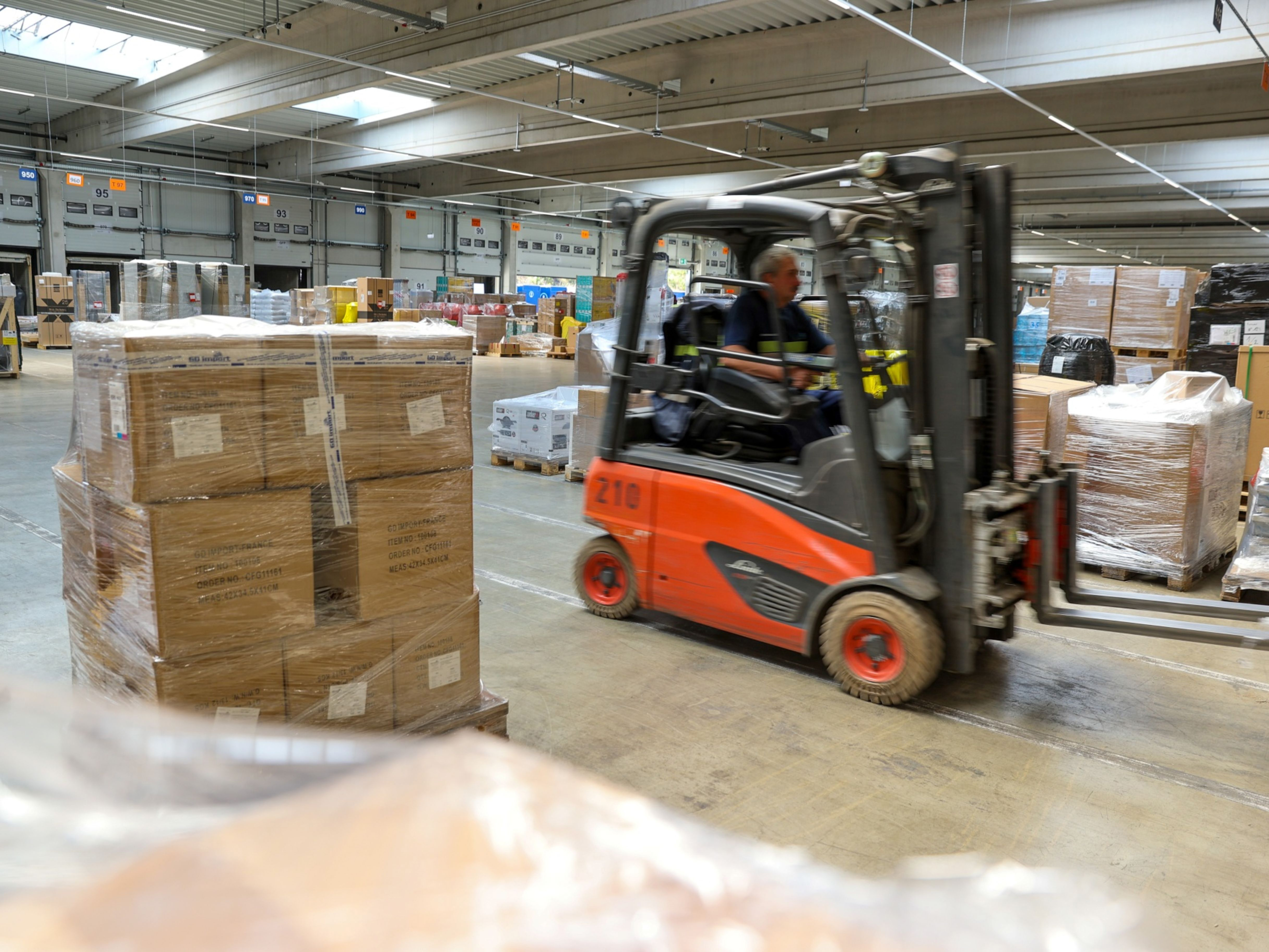
The pandemic has exposed weaknesses in global supply chains, and proved that bundling logistics services can effectively thwart delays and overcome unforeseen challenges.
The ability to work hand in hand with suppliers and customers from origin to final delivery strengthens the supply chain at multiple touchpoints. The key to bundling is partnering with a third-party logistics provider (3PL) to provide end-to-end logistics services. As a result, shippers can better plan, predict rates, and avoid delays and dead freight.
Looking back to the first quarter of 2020, when the pandemic began spreading, a majority of suppliers wrongly believed that product inventories were at adequate levels. Due to an extended Chinese New Year, labor shortages and an increase in COVID-19 cases, goods couldn’t be shipped from traditional mainland China ports. If a company didn’t have contingency plans, it was nearly impossible to ship to the U.S. This is just one example of how important planning is to protecting and diversifying supply chains.
Today, companies looking to protect their supply chains are partnering with 3PLs to provide customized services for inventory management, near-sourcing, and long-term planning. As a result of earlier shortages, suppliers are now securing 90-day inventory levels, which is higher than average and creates a ripple effect that increases demand and swells warehousing. Inventory planning and near-sourcing are critical factors in balancing warehousing needs while maintaining a consistent flow of goods throughout the supply chain. Logistics providers need to be able to position inventory close to the final destination and source products quickly when shipments from overseas experience a significant lag time.
It’s critical to diversify the supply base. As manufacturing grows throughout Southeast Asia, suppliers and 3PLs need to build relationships with alternative manufacturing sources in Vietnam, Malaysia, Indonesia and Thailand. Filing customs paperwork correctly and quickly is the key to avoiding border or port delays, whether freight is near-sourced or shipped from overseas. Any additional delay could be detrimental to the process and movement of cargo.
Dead freight costs are passed on to importers due to a combination of delays at major gateways and unfulfilled commitments by manufacturers. Utilizing non-traditional gateways enables logistics providers to limit delays, reduce wait times, and move freight out of congested entry points to final destination. 3PL providers should have a strong network, and know suppliers well enough to understand the true turnaround time.
While non-traditional gateways help avoid congestion, there are other options for mitigating delays. Implementing a leapfrogging strategy can help shippers keep up with demand and prevent interruptions. While most continue to rely on ocean transport to move large amounts of goods, shipping smaller quantities by air allows for quick inventory restocking, while waiting for slower, larger shipments via ocean.
In keeping with the current unusual circumstances, the pricing gap between shipping from Asia to the U.S. East and West Coasts has narrowed for the first time in many years. When deciding on entry points, the cheapest rate isn’t always the best option, due to shortages and extremely high price points on truck loads coast to coast. A new baseline has been established for both air and ocean shipping that is unlikely to return to pre-COVID-19 times. Logistics providers need to offer customized services to help shippers navigate rate changes. These factors make it even more critical that 3PLs provide added value and expertise, moving beyond basic tactics to create an overall supply chain strategy that meets each customer’s individual needs.
The future of the logistics industry lies in providing added value by 3PL partners. As we proceed through 2021, expertise and strong relationships will create more value than cost-cutting measures. The days of shopping for low-cost providers are over. The added value of bundled services, paired with stability and consistency, are the driving factors in moving forward in a post-pandemic world.
Tom Pelliccio is executive vice president international of Pilot Freight Services.







